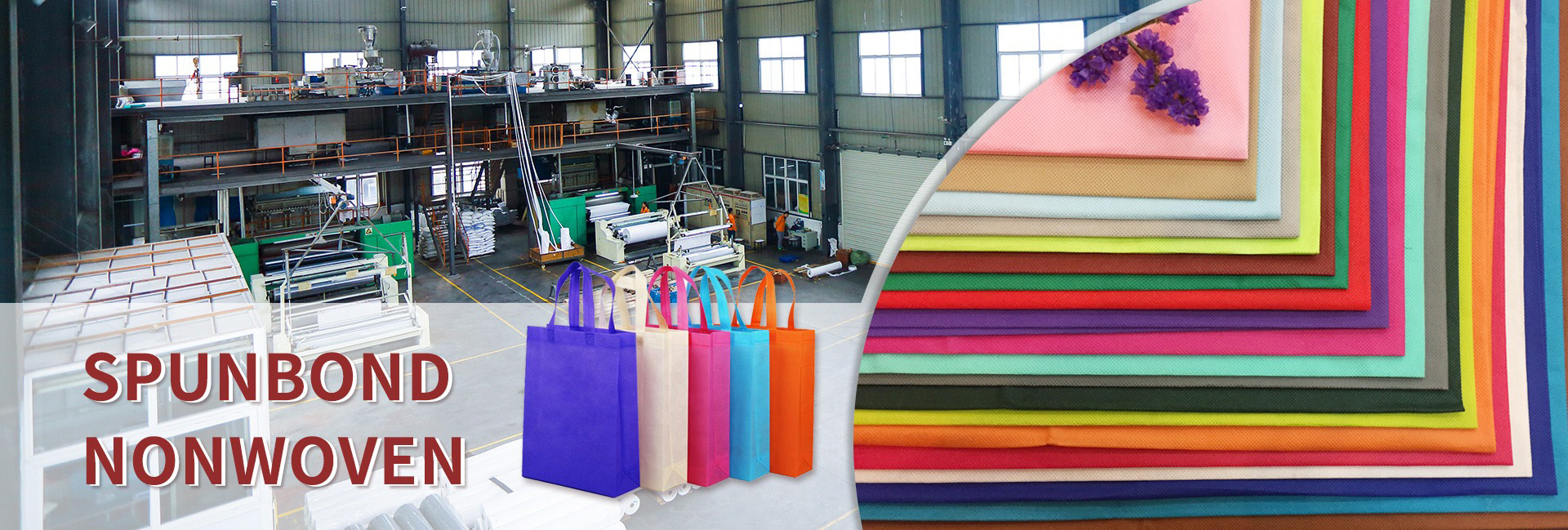
Products
Agricultural nonwoven fabric ground cover
Agricultural nonwoven fabric ground cover is a cloth like covering material with good breathability, moisture absorption, and light transmittance. It has functions such as cold resistance, moisture retention, frost resistance, frost resistance, frost resistance, light transmission, and air conditioning. It is also lightweight, easy to use, and corrosion-resistant. Due to its good insulation effect, thickened non-woven fabric can also be used for multi-layer covering.
The specifications of agricultural nonwoven fabric ground cover include 20g, 30g, 40g, 50g, and 100g per square meter, with a width of 2-8 meters. There are three colors available: white, black, and silver gray. The selected specifications for bed surface coverage are non-woven fabrics of 20 grams or 30 grams per square meter, and the color is white or silver gray in winter and spring.
Product specification
| product | 100%pp agriculture nonwoven |
| Material | 100% PP |
| Technics | spunbonded |
| Sample | Free sample and sample book |
| Fabric Weight | 70g |
| Width | 20cm-320cm,and joint Maximum 36m |
| Color | Various colors are availablel |
| Usage | Agriculture |
| Characteristics | Biodegradable,environmental protection,An-ti UV,Pest bird,insect prevention,etc. |
| MOQ | 1 ton |
| Delivery time | 7-14 day after all confirmation |
Function
After planting, the covering of the trunk surface plays a role in insulation, moisturizing, promoting rooting, and shortening the seedling growth period. Covering in early spring can generally increase the temperature of the soil layer by 1 ℃ to 2 ℃, advance maturity by about 7 days, and increase early yield by 30% to 50%. After planting melons, vegetables, and eggplants, water them thoroughly with rooting water and immediately cover them all day. Cover the plant directly with non-woven fabric of 20 grams or 30 grams per square meter, place it on the ground around, and press it down with soil or stones on all four sides. Pay attention not to stretch the non-woven fabric too tightly, leaving room for sufficient growth space for vegetables. Adjust the position of soil or stones in a timely manner according to the growth rate of vegetables. After the seedlings survive, the coverage time is determined based on the weather and temperature: when the weather is sunny and the temperature is relatively high, they should be uncovered during the day and covered at night, and the coverage should be done early and late; When the temperature is low, the cover is lifted late and covered early. When a cold wave arrives, it can be covered all day long.
Why PP non-woven fabric is suitable for cultivating seedlings
PP non-woven fabric is a material with moisture-proof and breathable properties. It does not need to be woven into a fabric, but only needs to be oriented or randomly arranged to weave short fibers or filaments, forming a mesh structure. What are the applications of PP non-woven fabric in cultivating seedlings?
A seedbed containing sandy soil is prone to clay free cultivation under PP non-woven fabric. If it is a seedbed made of white or sticky soil, or if machine woven fabric is needed, it is recommended to use gauze instead of machine woven fabric. However, it is recommended to swing the tray while laying the gauze, fill the lower tray with floating soil in a timely manner, and do not stretch the gauze too tightly to prevent the seedling tray from hanging.
When PP non-woven fabric is laid on a plate and under a plastic film, its process generally involves sowing and covering the soil, followed by sequentially covering the fabric. It can have corresponding insulation and moisturizing effects. The seedlings do not directly contact the plastic film and are not afraid of baking. If some plants are watered after sowing, non-woven fabrics can also prevent water from washing away the soil, causing the seeds to be exposed. Non woven fabric is used to cover seedbeds and prevent drastic temperature changes, but all things rely on the sun for growth, and plastic film seriously affects soil moisture retention. Therefore, it goes without saying that PP non-woven fabric is used in agriculture.
When PP non-woven fabric is placed at the bottom of the tray, it can ensure that the tray will not stick to mud during seedling cultivation, improving seedling efficiency. Control water for 7-10 days before transplanting, combined with pre transplanting seedbed management. If there is a shortage of water midway, a small amount of water can be added appropriately, but the seedbed should be kept dry as much as possible.












